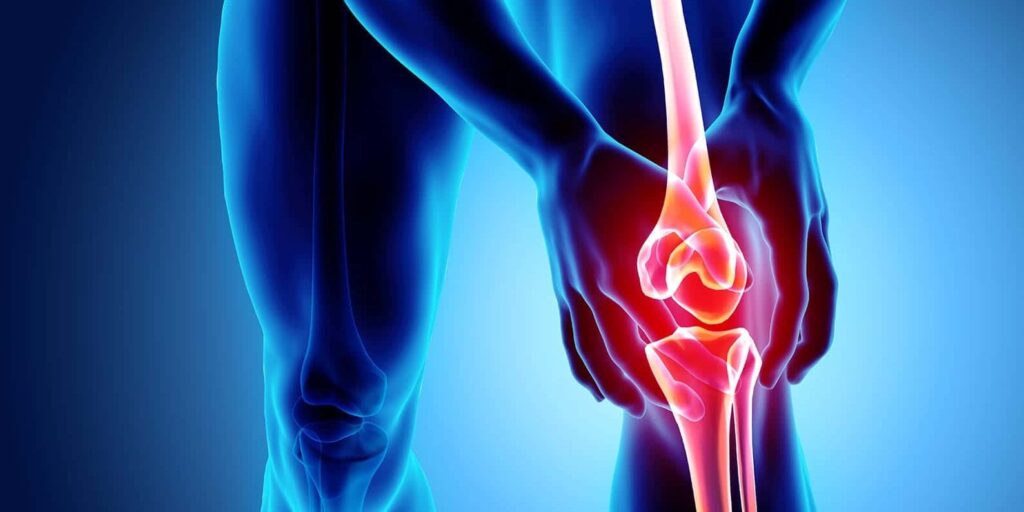
Osteoarthritis, a common degenerative joint disease, affects millions of people worldwide, causing pain, stiffness, and reduced mobility. As the most prevalent form of arthritis, osteoarthritis can have a significant impact on a person’s quality of life. In this blog post, we’ll explore the various aspects of osteoarthritis, including its symptoms, causes, diagnosis, and treatment options, as well as offering tips for living with this challenging condition.
Understanding Osteoarthritis
Osteoarthritis occurs when the protective cartilage at the ends of bones wears away, causing the bones to rub against each other. This process results in pain, inflammation, and stiffness in the affected joints. Osteoarthritis can develop in any joint, but it most commonly affects the hands, knees, hips, and spine.
Symptoms and Diagnosis
The symptoms of osteoarthritis can vary depending on the affected joint(s) but generally include:
- Joint pain and stiffness
- Reduced range of motion
- Swelling
- Joint instability or deformity
- Crepitus (cracking or grinding noise during joint movement)
To diagnose osteoarthritis, doctors typically review your medical history, perform a physical examination, and may order imaging tests such as X-rays or MRI to assess the extent of joint damage.
Causes and Risk Factors
Osteoarthritis can be caused by a combination of factors, including:
- Age: The risk of developing osteoarthritis increases with age.
- Gender: Women are more likely to develop osteoarthritis than men.
- Obesity: Excess body weight puts additional strain on weight-bearing joints, increasing the risk of osteoarthritis.
- Genetics: Some individuals may have a genetic predisposition to developing osteoarthritis.
- Joint injuries: Previous injuries or surgeries can increase the risk of osteoarthritis in the affected joint(s).
Treatment and Management
While there is no cure for osteoarthritis, various treatment options can help manage the symptoms and improve your quality of life. These include:
- Pain management: Over-the-counter pain relievers, such as acetaminophen or nonsteroidal anti-inflammatory drugs (NSAIDs), can help alleviate pain and inflammation.
- Physical therapy: Targeted exercises can improve joint flexibility, strengthen muscles, and reduce pain.
- Weight management: Losing weight can reduce stress on weight-bearing joints and alleviate symptoms.
- Assistive devices: Braces, shoe inserts, or walking aids can provide support and help reduce pain during daily activities.
- Joint injections: Corticosteroids or hyaluronic acid injections can provide temporary relief from pain and inflammation.
- Surgery: In severe cases, joint replacement or other surgical procedures may be necessary to restore joint function and relieve pain.
Living with Osteoarthritis
By implementing lifestyle changes and adhering to your treatment plan, you can effectively manage your osteoarthritis and maintain an active, fulfilling life. Consider the following tips:
- Stay active: Regular low-impact exercises, such as walking, swimming, or yoga, can help maintain joint flexibility and overall health.
- Maintain a healthy weight: A balanced diet and regular exercise can help you achieve and maintain a healthy body weight, reducing the strain on your weight-bearing joints. 3. Protect your joints: Use proper body mechanics when lifting or carrying items, and avoid activities that put excessive stress on your joints.
- Apply heat or cold: Heat therapy can help relax muscles and improve joint flexibility, while cold therapy can help reduce inflammation and relieve pain.
- Stay connected: Join a support group or connect with others living with osteoarthritis to share experiences and tips for managing the condition.
Osteoarthritis is a common and often challenging degenerative joint disease that can significantly impact your quality of life. However, by understanding the symptoms, causes, and treatments, and making appropriate lifestyle adjustments, you can effectively manage your condition and continue to live a fulfilling life. Be proactive about your health by following your treatment plan, maintaining a healthy weight, and staying active. With the right knowledge and support, you can take control of your osteoarthritis and continue to enjoy life’s many activities.




